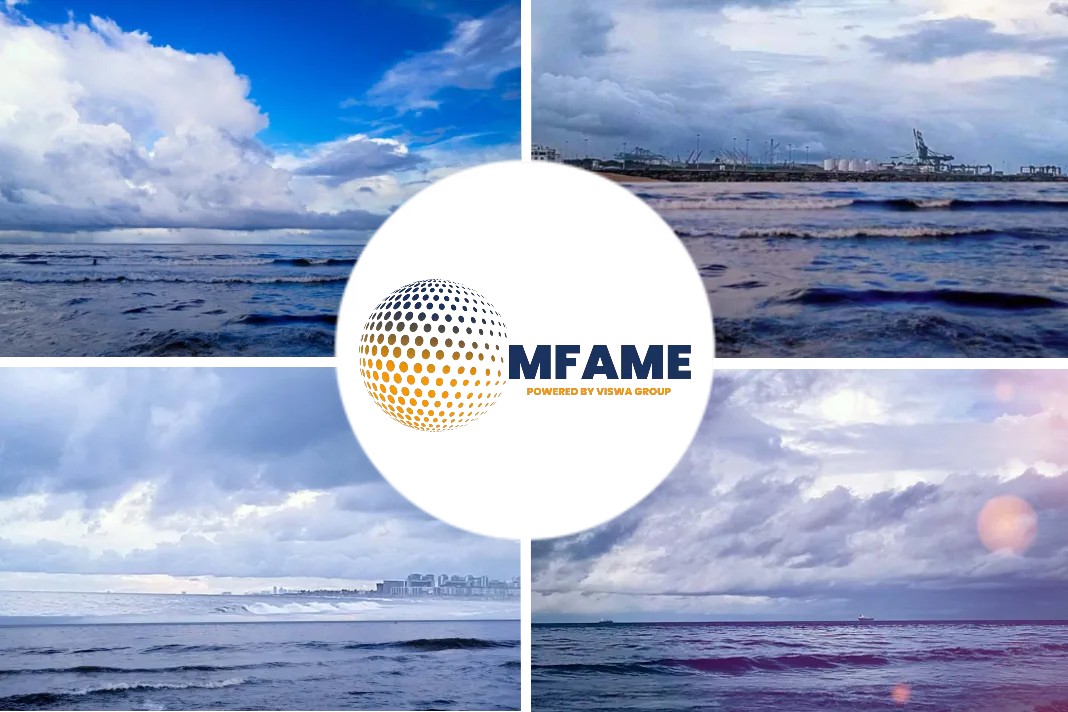- Volatile Organic Compounds (VOCs) are organic compounds that have high vapour pressure and low solubility in water.
- VOCs have diverse definitions and many countries have classified them accordingly to regulate air pollution and entry of foreign chemicals in the atmosphere.
- VOCs emission also leads to loss of a great amount of energy which can be utilized as fuel for propelling the ship.
Volatile Organic Compounds (VOCs) are organic compounds that have high vapour pressure and low solubility in water…, says an article published on marine insight website.
What is Volatile Organic Compound (VOC)?
Volatile Organic Compounds (VOCs) are organic compounds that have high vapour pressure and low solubility in water.
Volatile Organic Compounds are emitted as gases from many solids/liquids organic chemicals such as household chemicals like paints, varnishes, pesticides, lacquers, building and furnishing materials, and wax.
All these contain organic solvents as do many cleaning, disinfecting, cosmetic, degreasing, hobby products, hydraulic fluids, glues, adhesives and petroleum fuels.
Storage and use of these materials release VOCs which enlist a number of chemicals that may have short- and long-term adverse impact on the health of humans.
What are the definitions of VOC as per different countries?
VOCs have diverse definitions and many countries have classified them accordingly to regulate air pollution and entry of foreign chemicals in the atmosphere.
Classification of VOC according to these countries:
Canada: It classifies VOCs as organic chemicals having boiling points in the range between 50 to 250-degree centigrade. (122 to 482degree Fahrenheit)
European Union: Here, VOCs are chemicals with an initial boiling point up to 250 degrees measured at a pressure of 1 bar (101.325 kPa).
China: China defines VOC as “originated from automobiles, industrial production and civilian use, burning of all types of fuels, storage and transportation of oils, fitment finish, coating for furniture and machines, cooking oil fume and fine particles (PM 2.5),” and similar sources.
India: In 1981 and amended in 1987, the Central Pollution Control Board of India released the Air Prevention and Control Pollution Act which does not differentiate between VOCs and other pollutants which constitutes NOx, SO2, PM10 and Suspended Particulate Matter (SPM).
How VOC is generated and what are the impacts?
In the maritime industry, VOCs are mainly generated in oil and chemical tankers, which are involved in loading, transporting and unloading organic chemical substances through ports.
Volatile Organic Compounds are generated when cargo splashes in the piping system of the ships from the source to the cargo tanks, and from evaporation from the surface of oil or chemicals stored in oil cargo tanks during and after loading.
VOCs are generated by a build-up of positive pressure, through vaporization, evaporation and boiling.
During loading of crude oil and chemical tankers and the successive transit, VOCs may be generated and released to the atmosphere with the inert gases.
The amount of VOCs that have evolved into the inert gas tank atmosphere is associated with the oil’s volatility; the tendency of a substance to vaporize.
The cargo tank atmosphere contains traces of VOCs from the previous cargo and during loading the rising cargo level results in pressure increase of the cargo tank and these compounds are lastly vented into the atmosphere through specially allocated vent pipes onboard.
It is approximated that annual VOC emissions in the Norwegian regime are almost 350,000t, of which around 200,000t are attributed to shuttle tankers and other crude oil carriers.
VOCs generation during transit increases complexities in maintaining constant pressure in the tankers and the discharge of VOCs leads to environmental pollution.
VOCs emission also leads to loss of a great amount of energy which can be utilized as fuel for propelling the ship. The environmental impact of these emissions is hazardous and disastrous as the emitted gas consists of a range of hydrocarbons from methane to higher (typically C6+).
The non-methane fractions, known as NMVOC, react in the presence of sunlight with nitrous oxides and create a toxic ground-level ozone and smog layer, which has detrimental environmental effects on vegetation, and on human health, particularly on the eyes and lungs.
Did you subscribe to our daily newsletter?
It’s Free! Click here to Subscribe!
Source: marine insight



















